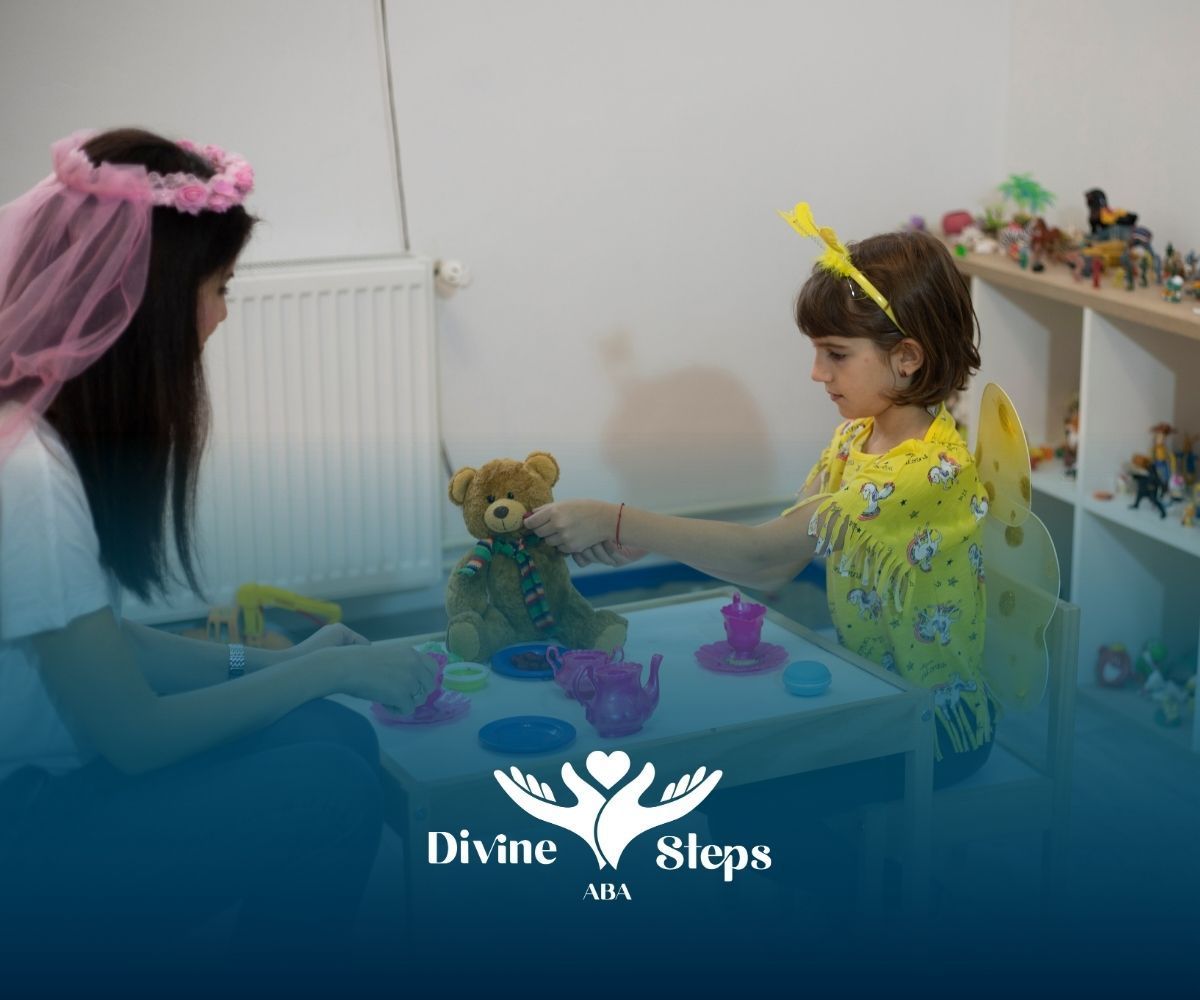Website by CWS
Navigating Autism Therapy Options: Understanding ABA vs Speech Therapy
Key Highlights
- ABA therapy focuses on changing behavior through structured reinforcement and behavioral principles.
- Speech therapy targets communication, language, and social interaction skills.
- Many children benefit most from a combination of the two therapies.
- ABA is ideal for addressing challenging behaviors and building daily living skills.
- Speech therapy is best for improving expressive and receptive communication.
- Collaboration between BCBAs and SLPs leads to the most effective treatment outcomes.
Every child deserves the chance to communicate, learn, and thrive—and that’s exactly what ABA therapy and speech therapy aim to achieve. As someone who works in behavioral health, I’ve seen the impact both therapies can have.
In this post, I’ll walk you through their differences, similarities, and how to choose the right combination for your child’s success.
Core Principles of ABA Therapy for Children With Autism
ABA therapy is built on scientifically tested principles of learning and behavior. It’s data-driven, personalized, and designed to create meaningful, measurable change.
The ABCs of Behavior
At the heart of ABA lies the Antecedent-Behavior-Consequence (ABC) model:
- Antecedent: What happens before a behavior.
- Behavior: The action itself.
- Consequence: What happens after.
By understanding this sequence, behavior analysts can identify why certain behaviors occur and how to replace them with positive alternatives.
The Power of Positive Reinforcement
Positive reinforcement is a cornerstone of ABA. When a child displays a desirable behavior—like following directions or using words instead of gestures—they earn a meaningful reward.
This process encourages repetition of the behavior and builds confidence over time.
Integrating ABA With Other Therapies
ABA doesn’t have to stand alone. It can work beautifully alongside speech therapy, occupational therapy (OT), and physical therapy (PT).
Together, these services create a holistic approach to improving communication, daily living, and social skills.
Key Focus Areas in Speech Therapy for Autistic Children
Speech therapy provides targeted support for communication, addressing both verbal and nonverbal aspects of language.
For autistic children, this kind of specialized attention can open up new ways to connect and express themselves.
Building Communication Skills
Speech therapy targets a wide range of communication areas—articulation, language comprehension, expression, and social use of speech.
Therapists might work on helping a child produce certain sounds, understand instructions, or use gestures and facial expressions.
Play-Based Learning and Motivation
Speech therapy sessions often incorporate games, songs, and interactive activities. This play-based approach keeps children engaged and helps them develop communication skills in a natural, low-pressure environment.
Motivation comes from the activity itself—rather than external rewards—making the process fun and effective.
Helping Kids Find Their Voice
Speech therapy gives children the tools to express their needs, feelings, and ideas. Whether through spoken words, sign language, or alternative communication systems, it builds confidence and reduces frustration by ensuring every child has a way to be heard.
Main Differences Between ABA Therapy and Speech Therapy
While ABA and speech therapy can overlap, their goals and methods differ. Understanding these differences helps families choose the right approach—or decide when a combined plan might be best.
Focus and Approach
- ABA therapy aims to improve behavior, learning, and life skills.
- Speech therapy concentrates solely on language and communication.
ABA uses structured teaching methods like Discrete Trial Training (DTT) and data tracking, while speech therapy takes a more flexible, child-led approach with creative, play-based activities.
Techniques in Each Therapy
| Therapy Type | Common Methodologies |
|---|---|
| ABA Therapy | Uses structured techniques such as Discrete Trial Training (DTT), positive reinforcement, and data-driven analysis. |
| Speech Therapy | Uses interactive, play-based learning—through games, visuals, and natural conversation—to build language and social communication. |
Types of Goals Addressed in ABA vs Speech Therapy
Both therapies set measurable goals, but they target different outcomes.
Goals in ABA Therapy
ABA goals tend to be broad and behavioral, focusing on building independence and reducing problem behaviors. These might include:
- Decreasing tantrums or self-injurious behavior.
- Improving social skills like turn-taking or greeting others.
- Developing self-care routines such as dressing or brushing teeth.
- Increasing focus and attention span.
Goals in Speech Therapy
Speech therapy goals are more communication-specific, such as:
- Producing specific speech sounds clearly.
- Expanding vocabulary and sentence structure.
- Improving comprehension of spoken language.
- Understanding and using nonverbal cues like tone, facial expressions, or gestures.
Roles of Therapy Professionals: BCBA vs Speech-Language Pathologist
The professionals behind these therapies have distinct training and responsibilities.
Training and Certification
- BCBAs (Board Certified Behavior Analysts) hold advanced degrees in behavior analysis, education, or psychology and complete over 1,500 hours of supervised training before certification.
- Speech-Language Pathologists (SLPs) earn a master’s degree in communication sciences and disorders, complete 400+ supervised hours, and are certified by ASHA (American Speech-Language-Hearing Association).
Distinct Responsibilities
- BCBAs design and oversee behavior intervention plans, train therapists, collect data, and analyze progress.
- SLPs assess and treat speech, language, and swallowing disorders while developing communication plans.
Though their expertise differs, both professionals can collaborate to address communication and behavioral needs comprehensively.
When to Choose ABA Therapy or Speech Therapy for Your Child
The right choice depends entirely on your child’s specific needs. Sometimes one therapy is enough; other times, combining them provides the best results.
When ABA Therapy Is the Best Fit
ABA therapy is ideal when behavioral challenges interfere with learning or daily functioning. Consider ABA if your child:
- Experiences frequent tantrums or aggression.
- Has difficulty following directions.
- Struggles with transitions or daily routines.
- Needs structured teaching and reinforcement.
When Speech Therapy Is Most Effective
Speech therapy is best when communication itself is the main concern. It’s especially effective if your child:
- Has limited verbal skills or speech delays.
- Struggles to pronounce words clearly.
- Has trouble understanding others or following conversations.
- Needs help learning nonverbal communication or alternative methods (AAC).
The Benefits of Combining ABA and Speech Therapy
For many children, the best approach isn’t either/or—it’s both. When ABA and speech therapy are integrated, they complement one another beautifully.
Collaborative Treatment Approaches
A coordinated plan allows therapists to align goals:
- SLPs guide ABA therapists on communication strategies.
- ABA therapists reinforce those communication goals using behavioral principles.
- Both professionals share data and progress to ensure consistency.
This synergy helps children generalize skills across settings—home, school, and therapy.
Breaking Down Misconceptions
Some parents worry that ABA might feel too rigid, or that speech therapy alone won’t address behavioral needs. The truth is, when used together, these therapies provide both structure and creativity—offering the best of both worlds for a child’s development.
Conclusion
Deciding between ABA therapy and speech therapy can feel overwhelming, but you don’t have to choose alone. Both therapies are effective, and when combined, they provide a powerful foundation for communication, learning, and behavioral growth.
If you’re looking for trusted, compassionate support, reach out to Divine Steps ABA. Our team specializes in ABA therapy in Maryland, Virginia, and North Carolina, helping children and families achieve lasting progress.
We also offer:
- In-home ABA therapy – providing personalized therapy sessions in the comfort of your home.
- Autism evaluation – comprehensive assessments that guide individualized treatment plans.
Take the next step today—schedule a consultation with Divine Steps ABA and discover how our compassionate professionals can help your child build confidence, communication, and independence for a brighter future.
FAQs
What’s the main difference between ABA therapy and speech therapy?
ABA focuses on behavior change and learning strategies, while speech therapy improves language, speech, and social communication.
Can ABA therapy help with speech delays?
Yes. While not a replacement for speech therapy, ABA can enhance communication by teaching verbal behaviors and reducing barriers that limit speech.
How do ABA therapists and speech therapists work together?
Collaboration is key. BCBAs and SLPs often share goals and coordinate strategies so skills taught in one setting are reinforced in the other.
Sources:
- https://www.asha.org/students/speech-language-pathologists/
- https://www.autismspeaks.org/speech-therapy
- https://pmc.ncbi.nlm.nih.gov/articles/PMC9458805/
- https://www.webmd.com/mental-health/what-is-applied-behavior-analysis
- https://www.psychologytoday.com/us/therapy-types/applied-behavior-analysis




